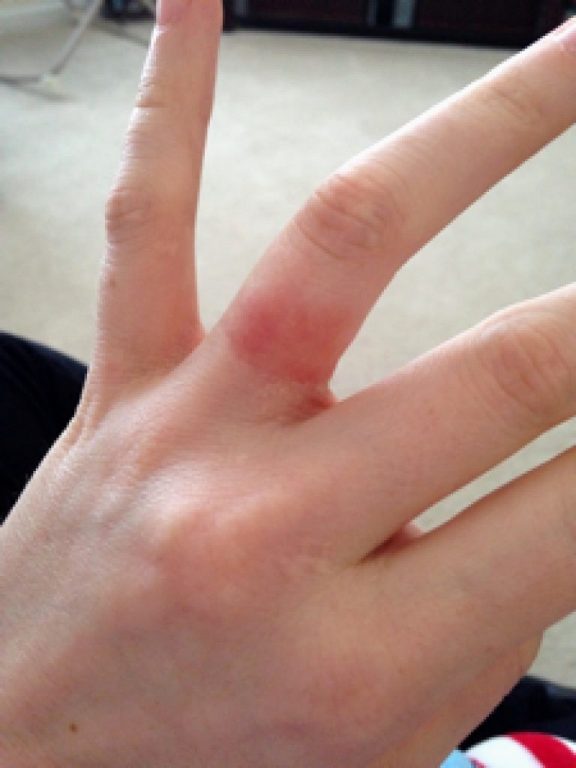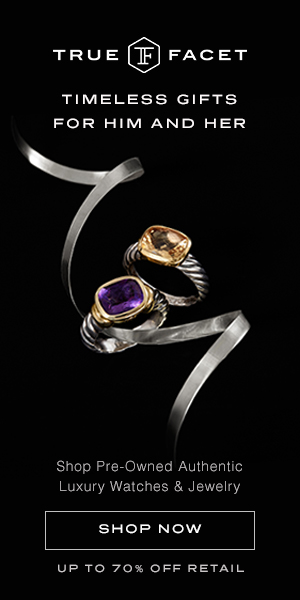How to Choose Hypoallergenic Jewelry
The last thing you want after spending forever deciding on a piece of fine jewelry and shelling out a considerable sum for it is to find out that your new piece makes you break out in a terrible rash. To help you avoid such a predicament, we’ve put together this simple guide to choosing hypoallergenic jewelry.
The Lowdown on Jewelry Allergies and Reactions
Hypoallergenic jewelry is unlikely to cause an allergic reaction in most people. There are types of metals, cobalt and nickel, especially, that commonly cause contact dermatitis, which appears as an itchy or painful reaction isolated to wherever the skin was exposed to the metal. It can take two to four weeks to clear up, and reactions can be as mild as an itchy rash or as uncomfortable as blisters and peeling.
Other metals, like copper, do not cause such a painful reaction, but they do frequently oxidize after prolonged exposure to skin and leave behind an unsightly green residue.
Wedding Ring Rash

Wedding ring rash. Photo courtesy of Wedding in Promise.
Many think that wedding ring rashes (otherwise known as wedding ring dermatitis, which also appears as an itchy red rash where the skin comes into contact with the metal) are caused exclusively by an allergy to the ring metal. However, this isn’t always the case, especially since people who have rings made of hypoallergenic metals can still get wedding ring rash.
Besides a metal allergy, one can also contract wedding ring dermatitis from bacteria buildup or irritation from soap or lotions getting caught under the ring. To prevent wedding ring rash in these cases, send your ring to the jeweler for cleanings regularly so that dirt and bacteria don’t build up on it and remove your ring when washing your hands or putting on lotions so that they don’t get under the ring and irritate your skin.
Hypoallergenic White Metal Alternatives
White gold is often alloyed with popular allergens like nickel and cobalt, and so is sterling silver, though the allergens tend to occur in smaller amounts for silver. Stainless steel is often coated or electroplated with chromium, which is another allergen. These metals are considered allergens because, as they erode, they react with the skin of the wearer to produce a salt-like substance that irritates the skin.
Since these popular white metals are likely to give you an allergic reaction, we’d like to recommend platinum or palladium for your jewelry. These brilliant white metals are hypoallergenic and incredibly durable. Though they are much more expensive than the others, it might be worth the investment to save yourself from contact dermatitis. For more information about platinum jewelry, click here!
However, you can also simply ask the jeweler what a metal is alloyed with. Not all white gold, sterling silver, or stainless steel is alloyed with or plated with an allergen, so inquire first before you end up with an itchy red patch on your arm.
Hypoallergenic Yellow Metal Alternatives
Yellow gold tends not to be alloyed with allergens. Rather, it might instead be alloyed with copper, which can leave a green residue on your skin. To avoid this, always purchase high karat gold. Lower karat gold is less pure and will, therefore, be alloyed with more base metals, many of which are allergens. 18K gold and above will be your best bet.
What to Do With Your Allergen-Alloyed Jewelry
If you do want to keep your allergen-alloyed jewelry, consider taking it to a jeweler to get it plated in rhodium. Rhodium is hypoallergenic and can act as a barrier between your skin and the allergen. The downside to this option is that you may have to take your piece back to get replated rather often so that the barrier is maintained. To learn more about rhodium plating on white gold jewelry, visit this blog post.







